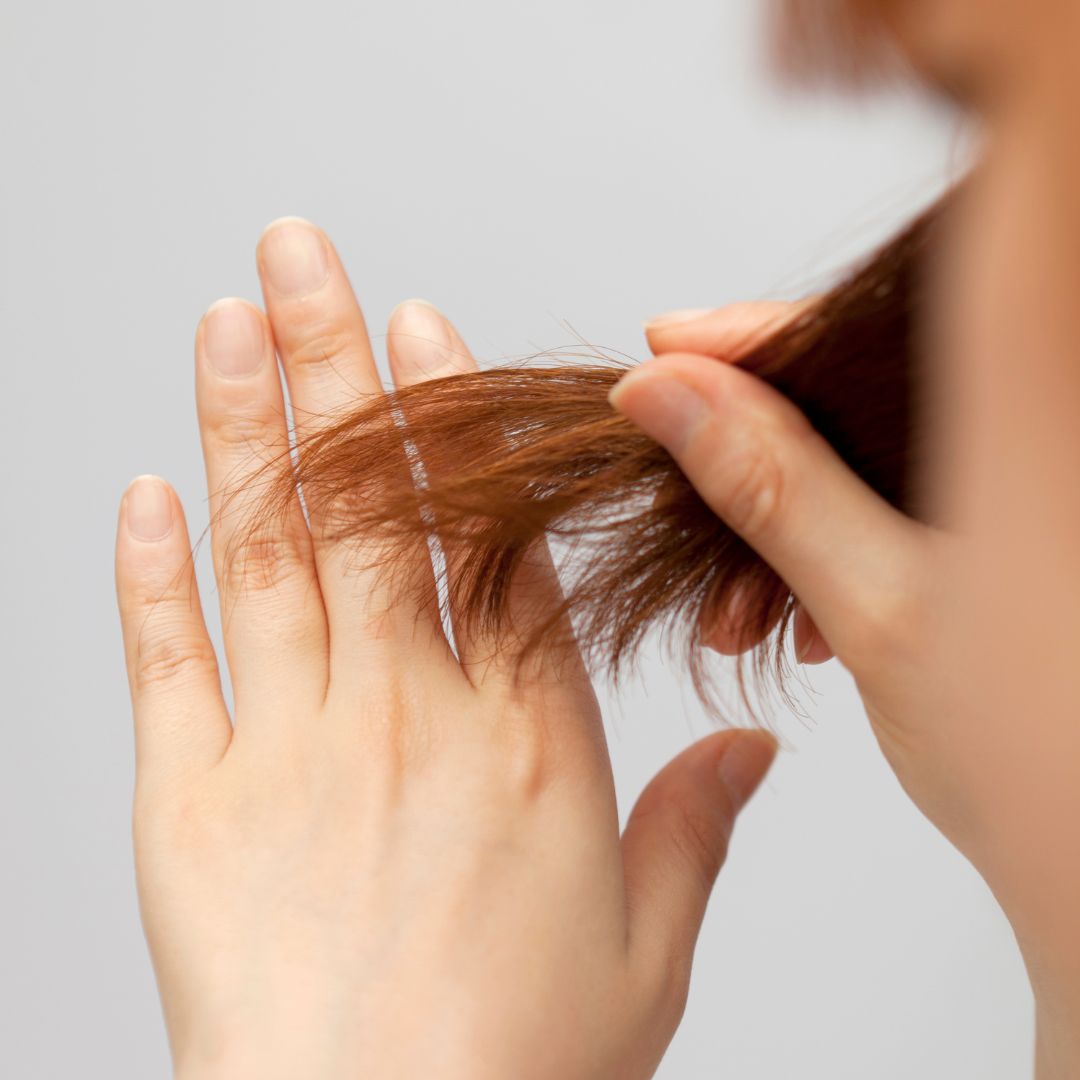Low porosity hair can be a blessing or a curse. On one hand, it tends to be less prone to breakage and can maintain moisture well, but on the other hand, it can be challenging to moisturize effectively. If you’re struggling to keep your low porosity hair moisturized, you’re not alone. In this article, we’ll cover some tips and tricks for how to moisturize low porosity hair.
What is low porosity hair?
Before we dive into how to moisturize low porosity hair, let’s first define what it is. Low porosity hair refers to hair that has a tightly packed cuticle layer, which makes it difficult for moisture to penetrate. This can cause products to sit on the hair instead of being absorbed, leading to dryness and breakage.
How to determine if your hair is low porosity?
Without a fairly powerful microscope on hand, you won’t be able to study your cuticle, but there’s no need for that! By observing the appearance and behaviour of your hair, you can determine porosity.
Low porosity frequently manifests as:
- Your hair kind doesn’t absorb moisturisers: Does your hair feel extremely oily even after it has dried when you use a leave-in conditioner or another moisturiser? Low porosity means that it probably didn’t absorb much of the product.
- Your life is ruined by product buildup: It may appear as the greasiness we mentioned before or as residue on your scalp and hair roots.
- It takes ages for your hair to dry: Hair with little porosity also doesn’t readily absorb moisture. You can be sure it’s LP if your hair is still dripping wet an hour after taking a shower.
- The float test is another option: Put a clean, dry hair strand into a glass of clear water. It has low porosity if it briefly rises to the top before falling to the bottom. (It is medium if it floats close to the centre; if it sinks to the bottom, it is high.
How to moisturise hair with low porosity?
Here’s how to retain moisture in low porosity hair without turning your mane into a grease ball:
Look for products that include humectants and emollients
Emollients provide a barrier of protection around the hair shaft to trap moisture, while humectants draw moisture to themselves (kind of like a magnet). So, yes, you’ll need those. We adore emollients like jojoba oil, argan oil, and cetearyl alcohol (a non-drying, fatty alcohol that is oh-so-good for hair!) as well as light humectants like aloe vera and glycerin. To discover more about how we utilise these in our products, see our ingredient glossary.
Avoid using strong oils and butter
You should choose light, liquid-based solutions because they will be more easily absorbed by your hair, preventing flatness or a greasy feeling. For hair types with low porosity and thirst, our leave-in conditioner is a fantastic alternative to thick treatments.
Use heat
Try applying even your leave-in moisturisers in the warm steam of the shower for greater absorption because heat lifts the hair cuticle. Get yourself a hair steamer if you want to look extra-fancy—oo-la-la.
Deep condition once a week to add more moisture
For all hair types, try our moisture mask, which is rich with nutrients!
Protective styles might help you keep moisture
Consider hairstyles like locs, braids, and twists that can help you go longer between washes and gradually absorb moisture.
Clarify your hair
One of the best ways to moisturize low porosity hair is to start with a clean slate. Clarifying your hair with a gentle shampoo or apple cider vinegar rinse can help remove buildup and open up the hair cuticles, allowing for better product absorption.
Use lightweight, water-based products
When it comes to moisturizing low porosity hair, less is more. Heavy oils and butters can weigh down your hair and create buildup, so opt for lightweight, water-based products instead.
Look for products that contain humectants like glycerin or aloe vera, which can help draw moisture into your hair.
Steam your hair
Heat can help open up the hair cuticles and allow for better product absorption. One way to do this is to steam your hair.
You can use a steamer or simply wrap a warm towel around your head for 10-15 minutes after applying your conditioner or deep conditioner.
Try the LCO or LOC method
The LCO (liquid, cream, oil) or LOC (liquid, oil, cream) method is a popular technique for moisturizing low porosity hair. It involves layering products in a specific order to help lock in moisture.
The liquid step could be water, a leave-in conditioner, or aloe vera juice. The cream step is usually a moisturizing cream, and the oil step is a lightweight oil like jojoba or grapeseed oil.
Protect your hair at night
Lastly, make sure to protect your hair at night to prevent moisture loss. Sleeping with a satin or silk bonnet or pillowcase can help keep your hair hydrated and prevent breakage.
In conclusion, moisturizing low porosity hair can be a challenge, but it’s not impossible. By clarifying your hair, using lightweight products, steaming your hair, trying the LCO or LOC method, and protecting your hair at night, you can keep your hair moisturized and healthy. Remember, consistency is key, so make sure to stick with a moisturizing routine that works for you.
Check out our latest posts
- Menopause Frizzy Hair Treatment: Effective Solutions for Smooth Hair
- Sore Nails After Acrylics Removed: What You Need to Know
- Paper Thin Nails After Acrylics: Understanding Causes and Remedies
- Mature Hairline VS Receding Hair: Understanding the Difference
- Toothpaste on Pimples Overnight: Does It Work?





